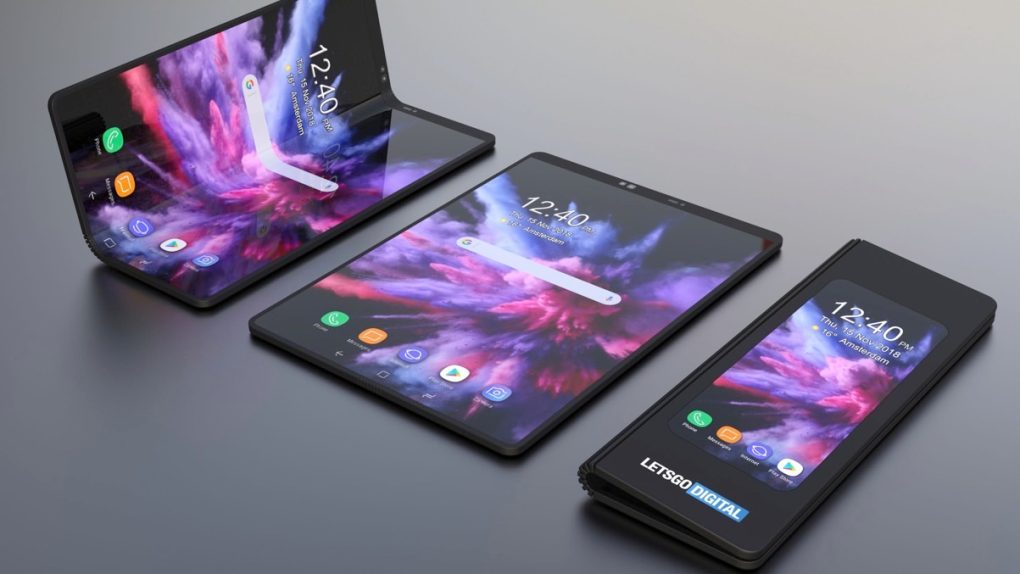2018 has arguably been a boring year, bordering on an outright slump, for the global smartphone market, with a new analysis of shipment figures showing the market will end the year down about 3%.
The good news from IDC, however, is that global smartphone shipments will return to “low single-digit growth” next year, a trend that will continue for the next three years through 2022. Among the macro factors at play influencing the market are continued jitters over a US-China trade war, optimism around the arrival of 5G connectivity, as well as new product form factors. Those last two, among other factors, are what IDC thinks “will bring the smartphone market back to positive growth.”
You get the sense from the report that for many consumers, there’s a feeling of seen-it-all-before that plays into declining interest in new smartphones. Indeed, IDC’s data is showing that smartphone shipments are expected to slip to 1.42 billion units by the end of this year, down from 1.47 billion last year. That trend will swing upward next year, though, with an estimate of 2.6% growth in 2019 and global smartphone shipments eventually hitting an estimated 1.57 billion units in 2022.
The US is expected to see positive smartphone shipment growth next year, while China will be flat, but return to growth the year after that. According to IDC, the slow revival of China was one of the reasons for low growth in the third quarter, a slowdown that will persist into the first quarter of 2019.
“With many of the large global companies focusing on high-end product launches, hoping to draw in consumers looking to upgrade based on specifications and premium devices, we can expect head-to-head competition within this segment during the holiday quarter and into 2019 to be exceptionally high,” said Sangeetika Srivastava, senior research analyst with IDC’s Worldwide Mobile Device Trackers.
The IDC data also makes clear that changes in the physicality of the devices themselves — encompassing everything from their larger screens to the promise of the foldable form factor in 2019 — will help the market return to growth. The firm estimates that larger-screen devices of 5.5 inches and above will account for almost 70 percent of smartphone shipments this year. By 2022, that will grow to almost 90 percent of overall shipment volume.
As it relates to the dominant platforms, Android’s smartphone share is expected to remain stable at 85 percent, based on IDC estimates. Volumes are expected to grow at a five-year compound annual growth rate of 1.7%, with shipments approaching 1.36 billion in 2022. “Android is still the choice of the masses with no shift expected,” the market research firm notes.
Smartphones running Apple’s iOS, meanwhile, are forecast to drop by 2.5 percent in 2018. Again, per IDC: “The launch of expensive and bigger screen iOS smartphones in Q3 2018 helped Apple to raise its ASP, simultaneously making it somewhat difficult to increase shipments in the current market slump. IDC is forecasting iPhone shipments to grow at a five-year (compound annual growth rate) of 0.1%, reaching volumes of 217.3 million in 2022. Despite the challenges, there is no ambiguity that Apple will continue to lead the global premium market segment.”







